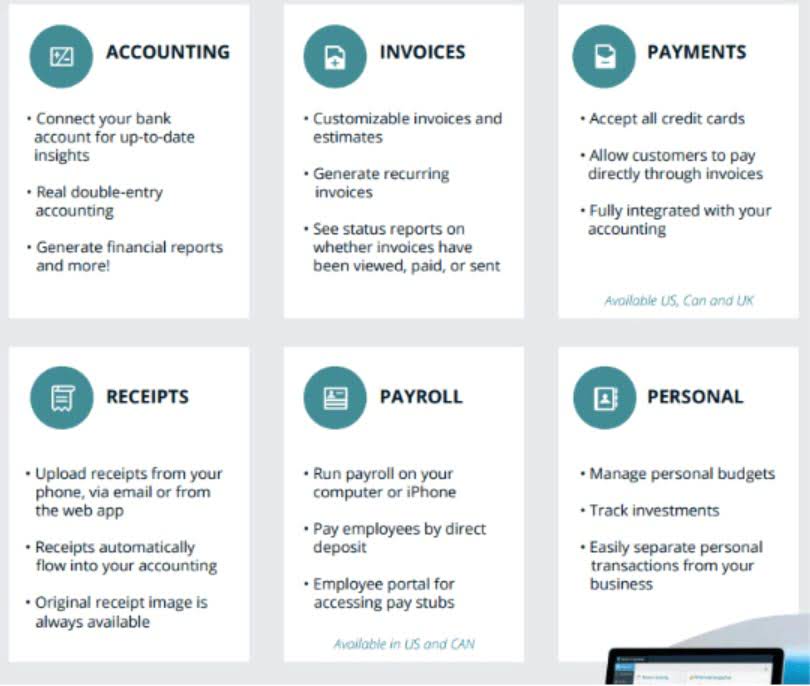اتوماسیون اداری راهکار
Balancing T-accounts

Balancing T-accounts is one of the more complicated and frustrating things for many accounting students. Well, in this lesson we’re going to learn the exact steps to do so and go through a few examples. Therefore, that account can be positive or negative (depending on if you made money). When you add Assets, Liabilities and Equity together (using positive numbers to represent Debits and negative numbers to represent Credits) the sum should be Zero.
How to Use Excel as a General Accounting Ledger
Debit entries are entered in the left side of the T and credits are entered to the right of the T. The major components of thebalance sheet—assets, liabilitiesand shareholders’ equity (SE)—can be reflected in a T-account after any financial transaction occurs. A debit is an accounting entry that results in either an increase in assets or a decrease in liabilities on a company’s balance sheet. In fundamental accounting, debits are balanced by credits, which operate in the exact opposite direction.

A free answerjust for you
The asset account above has been added to by cash flow a debit value X, i.e. the balance has increased by £X or $X. At the end of any financial period (say at the end of the quarter or the year), the net debit or credit amount is referred to as the accounts balance. There is no upper limit to the number of accounts involved in a transaction – but the minimum is no less than two accounts. Thus, the use of debits and credits in a two-column transaction recording format is the most essential of all controls over accounting accuracy. “Sal-1” is the individual code for the account “salaries” and would also be referred to in the journal entries relating to salaries.

Determine the ending balance of each of the following T-accounts.
- On the other hand, increases in revenue, liability or equity accounts are credits or right side entries, and decreases are left side entries or debits.
- Remember, each account has its own code or number (called a folio number), and this would normally be inserted next to the account name.
- The simplest most effective way to understand Debits and Credits is by actually recording them as positive and negative numbers directly on the balance sheet.
- If you got it as a loan then the -$100 would be recorded next to the Loan Account.
- We do not make any further entries to work out the closing balance – the $4,000 balance is self-evident from the single entry.
- The asset account above has been added to by a debit value X, i.e. the balance has increased by £X or $X.
- And right at the bottom of the page, you can find more questions on the topic submitted by fellow students.
However, the steps taken above represent the system that is used in accounting to work out and show the closing balance, and thus should be learned and practiced. The name of the account is placed above the “T” (sometimes along with the account number). The T account is a fundamental training tool in double entry accounting, showing how one side of an accounting transaction is reflected in another account. At the end of each accounting period (month or year) a brief calculation is done to work out the closing balance of the account.
Balancing T-Accounts
(See #1 in the T-account above.) In our second transaction, the business spent $3,000 of its cash to purchase equipment. Hence, item #2 in the T-account was a credit of $3,000 in order to reduce the account balance from $5,000 down to $2,000. Whenever an accounting transaction is created, at least two accounts are always impacted, with a debit entry being recorded against one account and a credit entry being recorded against the other account. This use of the terms can be counter-intuitive to people unfamiliar with bookkeeping concepts, who may always think of a credit as an increase and a debit as a decrease. A depositor’s bank account is actually a Liability to the bank, because the bank legally owes the money to the depositor.
T-Account Opening and Closing Balances
- Balancing T-accounts is one of the more complicated and frustrating things for many accounting students.
- A depositor’s bank account is actually a Liability to the bank, because the bank legally owes the money to the depositor.
- Let’s try another account from the sample business we’ve been using throughout our lessons, George’s Catering – the “loan” T-account.
- The complete accounting equation based on modern approach is very easy to remember if you focus on Assets, Expenses, Costs, Dividends (highlighted in chart).
- Since assets are on the left side of the accounting equation, both the Cash account and the Accounts Receivable account are expected to have debit balances.
- The way of doing these placements are simply a matter of understanding where the money came from and where it goes in the specific account types (like Liability and net assets account).
We do not make any further entries to work out the closing balance – the $4,000 balance is self-evident from the single entry. And if you look in t accounts the “bank” account above, “loan” is inserted on the debit side of the T-account on the same date. Balance c/f is just an entry used in calculating that the closing balance is $19,100 on the debit side. Be sure to test yourself on this lesson and how to balance a T-account by trying the Balancing a T-Account Practice Question further below. And right at the bottom of the page, you can find more questions on the topic submitted by fellow students. Remember, each account has its own code or number (called a folio number), and this would normally be inserted next to the account name.

Remember, we can easily cross-reference between two accounts because of the contra account being used as the description of the transaction. Let’s try another account from the sample business we’ve been using throughout our lessons, George’s Catering – the “loan” T-account. In a T-account we show the balance of the item at the start of the period (month or year) and at the end of the period.

T-Accounts with Single Entries
On the other hand, increases in revenue, liability or equity accounts are credits or right side entries, and decreases are left side entries or debits. Credits do the opposite — decrease assets and expenses and increase liability and Accounting for Churches equity. The simplest most effective way to understand Debits and Credits is by actually recording them as positive and negative numbers directly on the balance sheet.

How to Calculate Credit and Debit Balances in a General Ledger
If you got it as a loan then the -$100 would be recorded next to the Loan Account. If you received the $100 because you sold something then the $-100 would be recorded next to the Retained Earnings Account. If everything is viewed in terms of the balance sheet, at a very high level, then picking the accounts to make your balance sheet add to zero is the picture. Debits and credits are traditionally distinguished by writing the transfer amounts in separate columns of an account book. Alternately, they can be listed in one column, indicating debits with the suffix “Dr” or writing them plain, and indicating credits with the suffix “Cr” or a minus sign. Despite the use of a minus sign, debits and credits do not correspond directly to positive and negative numbers.
